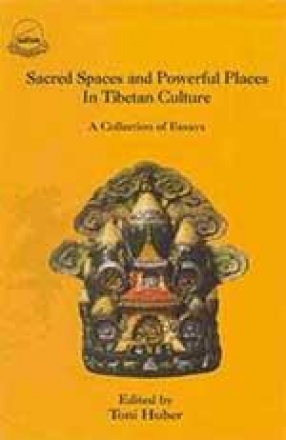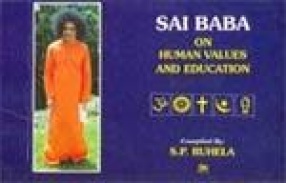The essays in this volume all attempt to document and interpret ways in which Tibetan peoples have identified and related to different categories of space and place as being unique or of higher ontological value, and as being set apart from many other spheres and sites of human life. The focus of the collection is intentionally broad, and its very breadth reflects the multitude of traditions of thinking about space and place which can be found in Tibetan culture, and which have also been associated with Tibet by non-Tibetans. The authors present data from the high Tibetan plateau, but also from sites and peoples in what are now parts of modern Bhutan, Nepal, Sichuan, Qinghai, North India and other areas where related languages, cultures and a shared sense of origin and history can be identified as manifestly "Tibetan". Several chapters even go beyond this frame to consider how various non-Tibetan "outsiders" (e.g. Westerners, Indian Hindus or Chinese colonialists) have also imagined or had a role in defining Tibetan spaces and places as sacred or powerful. Each essay constitutes a separate chapter and they are arranged into four parts relative to their predominant themes. These parts are: i. Narrative, Social Identity and Territory; ii. Ritual Spaces and Places; iii. Hidden Countries and Holy Lands; and iv. Colonialism and Modernity. There are, nevertheless, many overlapping topic areas and common questions which they share, and which can only be brought together by reading the volume as a whole.
Sacred Spaces & Powerful Places in Tibetan Culture: A Collection of Essays
The essays in this volume ...
$27.00
$30.00





There are no reviews yet.